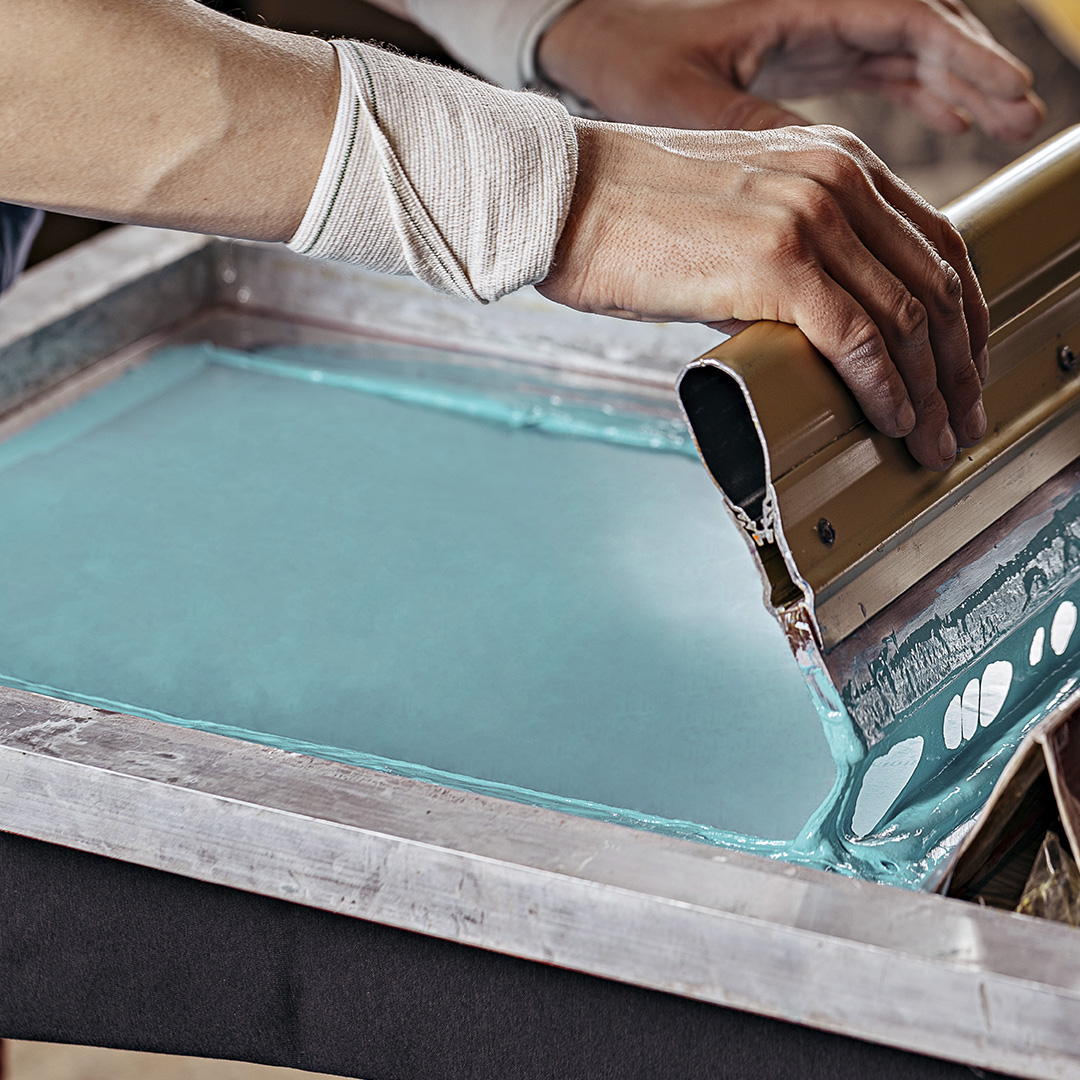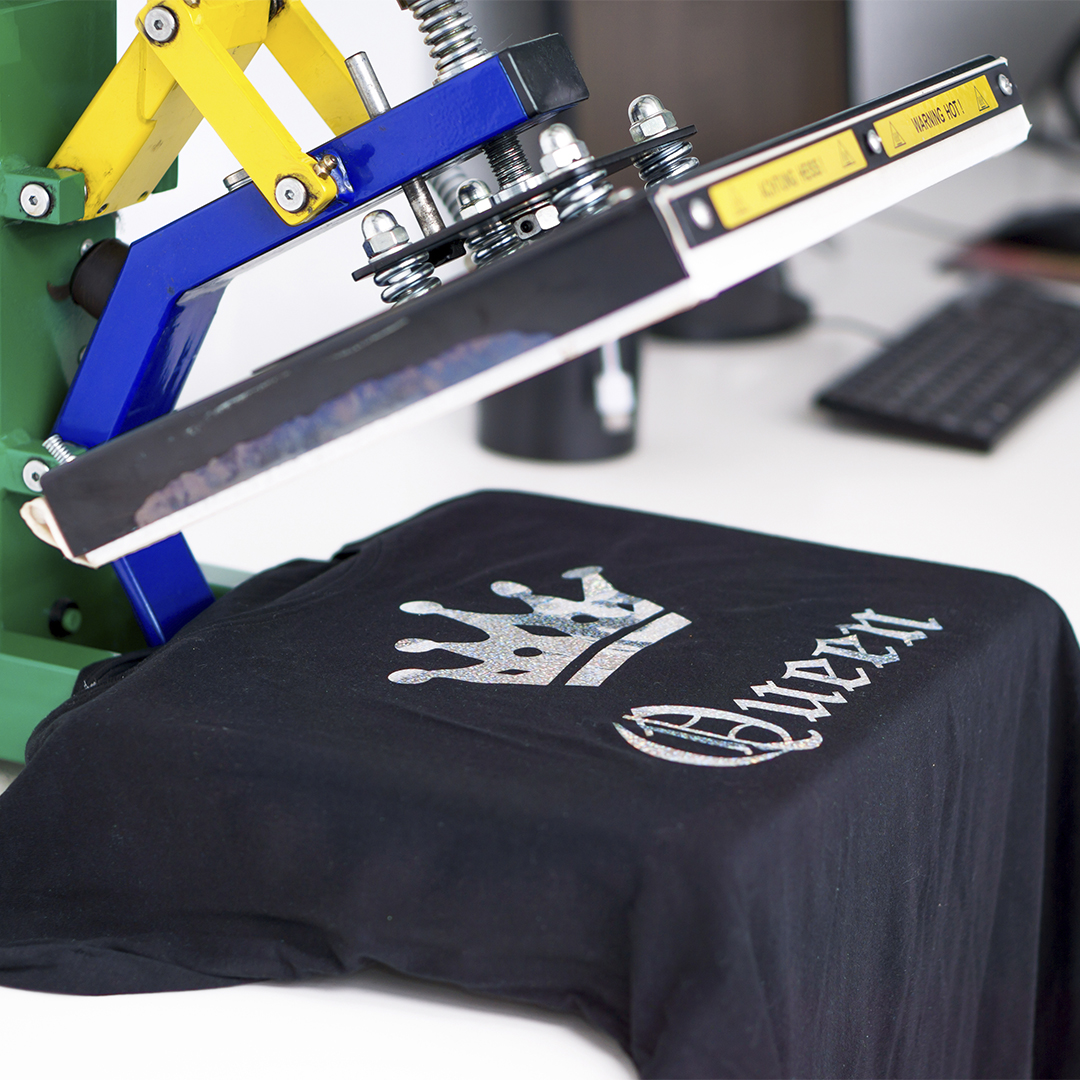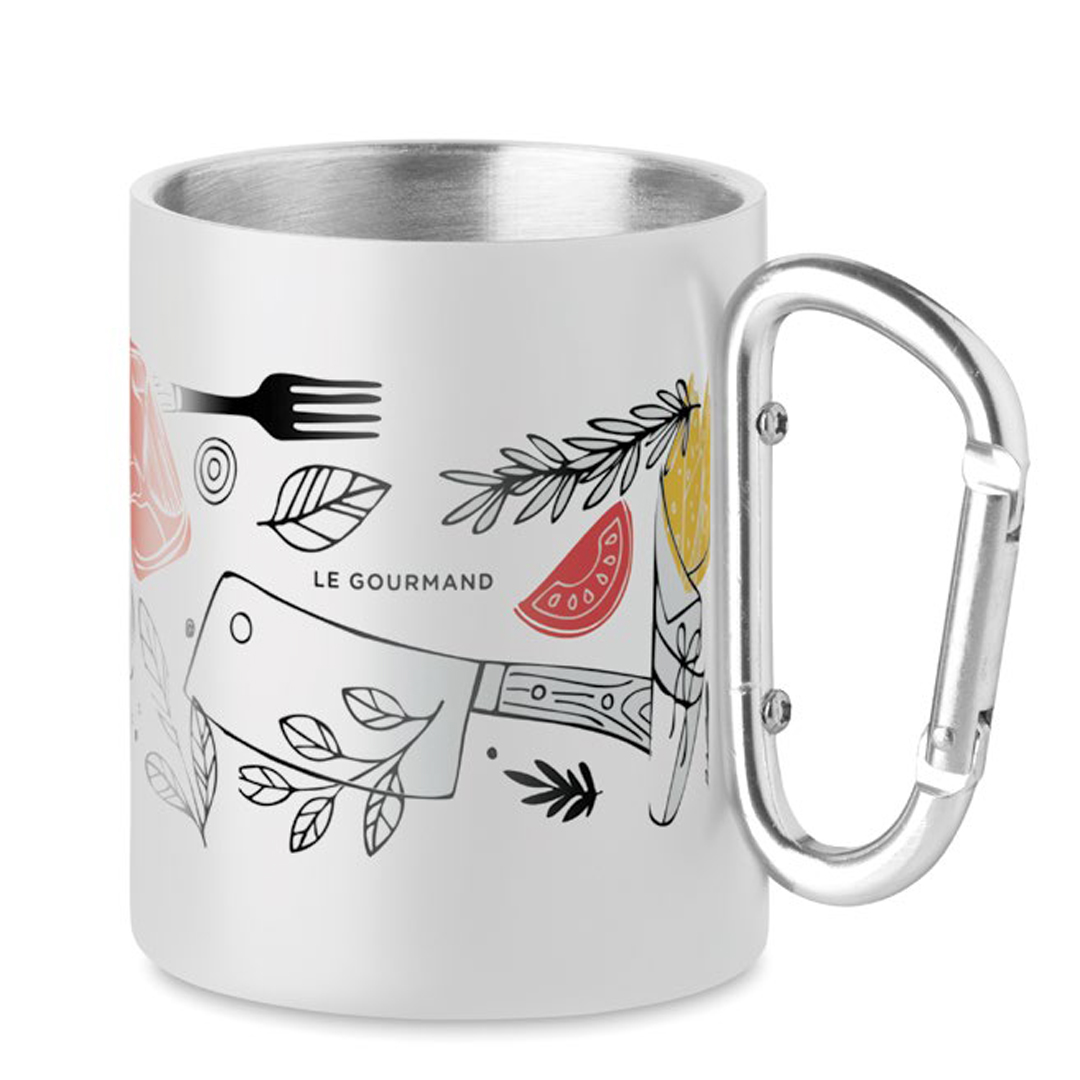Resistant and soft microfiber wristband in bright tones, with zipper pocket in matching color and firm fit. Designed for sports and leisure activities.
Size:
0 x 10 x 9
Composition: Microfibre
Weight: 10.5 grams
Units per box: 1000 units
Box measurements: 24 x 42 x 57 (cm)
Screen Printing
Screen printing is one of the most widely used techniques, allowing printing of up to six spot colors depending on the product and providing long-lasting and reliable results. This technique is applied to smooth surfaces, achieving high-resolution images. Screen printing involves transferring the design to a screen (polyester or nylon mesh) coated with a photosensitive layer that reacts with ultraviolet light. This light hardens the areas not to be printed, allowing the design to bleed through. This technique is often used on textiles, plastics, wood, or aluminum items such as T-shirts, bags, jerry cans, notepads, backpacks, and caps.
Silkscreen transfer
Silkscreen transfer is a technique similar to silkscreen printing. The difference is that instead of transferring the ink directly onto the product, it is first printed on transfer paper. This transfer paper is then applied to the product using a heat press. The advantage of this technique is that it supports four-color printing (screen printing only allows for spot colors) and achieves highly uniform results. It is suitable for small quantities of textile products. It is often used for gifts such as document holders, backpacks, non-woven bags, cork products, and soccer balls.
Sublimation
Sublimation is a complex printing technique that does not limit the number of colors in the design, but can only be applied to a specially manufactured product with a white base. It is a complex technique because it is performed by changing the state of the sublimation ink from solid to gaseous by applying heat. The print is sharp, high-quality, and highly resistant to extreme temperatures. Sublimation allows for full-color, high-quality reproduction of photographs, offering endless customization possibilities. It is commonly used on textiles such as T-shirts, bandanas, cushions, bags, and other items, but also on mouse pads, umbrellas, and mugs.









